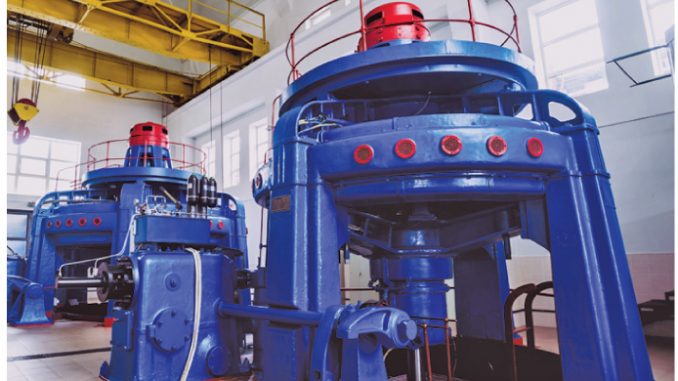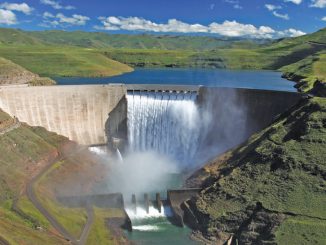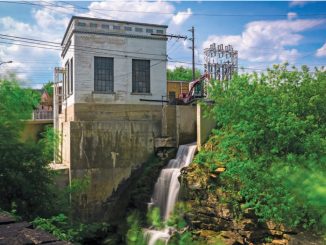
Over the years, there has been a significant improvement in the load balancing and peak load management ability of the power system, with the integration of the regional grids and the streamlining of network frequencies. However, the country has inadequate peaking capacity with quick response characteristics. This is critical in the context of large-scale renewable energy capacity coming on board in the next few years. Hydroelectric projects (HEPs) with quick start and zero load operation capabilities are ideal for meeting peak load and balancing needs. Conventional reservoir-type hydropower plants and pumped storage power plants (PSPs) can provide the full range of grid-stabilising services in view of their ability to manipulate operation within a few minutes in response to demand or generation fluctuations.
Load balancing characteristics of hydropower
HEPs’ flexibility in operations and ability to ramp up in real time enable them to accommodate large variations in demand, deal with any change in generation, and offset unexpected variations in generation due to forecast errors, among other things. One of the key characteristics of hydropower that makes it ideal for load balancing is its quick start capability. As an HEP takes only a few minutes to start operations, in the event of an increase in load, additional power can be delivered rapidly from the HEP, making it ideal for covering steep load gradients. Further, as hydropower projects can operate on zero load, known as black start capability, these can be ramped up quickly to meet the load. Hydropower plays a critical role in maintaining and regulating the frequency of the system within the given margins. HEPs help in maintaining the frequency through continuous adjustment of active power, thereby addressing the issue of fluctuations in the system. Besides this, hydropower offers voltage support. It has the ability to control reactive power, thereby ensuring that power flows from generation to load. HEPs also help in maintaining the voltage profile by injecting/ absorbing reactive power into the grid.
Type of HEPs and their role in load balancing
The option of energy storage, coupled with the instant start and stop option for power generation, makes HEPs flexible in operation. PSPs store energy by pumping water from a lower to a higher reservoir and converting the potential energy back into electricity. These enable the power system to receive and store energy in periods of low demand or excessive generation, and generate more electricity in times of higher demand. PSPs have the ability to cope with high generation-driven fluctuations and can provide active power within a short period of time. Since the energy gained from PSPs is less than the energy input, it is necessary that off-peak power used as input is available at a reasonable tariff in order to make PSPs commercially viable. The development of pumped storage, particularly in areas with concentrated wind and solar generation, would significantly improve grid reliability and ensure smoother integration of renewable energy sources.
Run-of-the-river (RoR) hydro plants have little or no storage capacity. These offer short-term storage options of a few minutes, thus allowing for some adaptation to demand, especially for ancillary services such as frequency and voltage control. Meanwhile, hydropower plants with a small reservoir known as pondage plants, are designed to adjust generation on a daily or weekly basis. Pondage plants provide flexibility services through balancing power and frequency, and voltage control as ancillary services. With regard to the hydropower ramp-up capacity available in the country, the draft National Electricity Plan 2016 suggests that, considering 80 per cent availability of storage type plants and 50 per cent availability of RoR type plants (with pondage), the ramp-up capacity provided by the existing hydro plants is 24,365 MW.
Conclusion
Although the benefits of storage hydropower for load balancing and peak load management are known, the market structure and the regulatory framework for its development are not conducive. HEPs face severe delays in obtaining clearances and settling rehabilitation and resettlement issues. The projects also witness huge cost and time overruns which dent their project economics.
Of late, there has been a focus on promoting the development of hydropower in the country. The FOLD-POSOCO Report on Operational Analysis for “Optimisation of Hydro Resources & Facilitating Renewable Integration in India” highlights the hydropower generation capability in the country and suggests measures for reviving the sector. Besides this, the power ministry is in the process of finalising a new hydropower policy, which is expected to boost development in the sector.
In sum, incentivising the development of hydropower will go a long way in ensuring 24×7 reliable and quality power supply in the country, while accommodating the large-scale integration of renewable energy.



